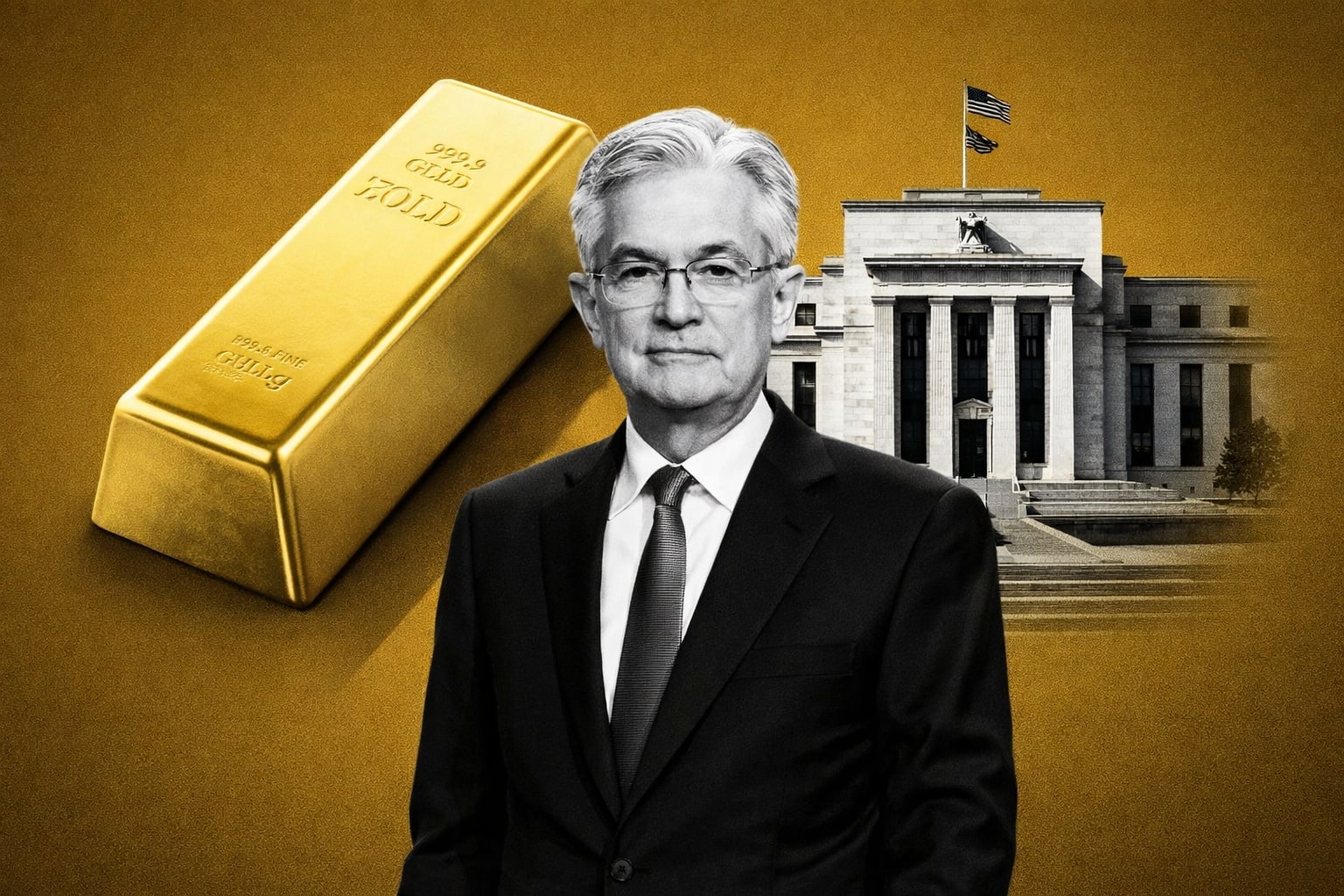
Gold Markets Brace for Major Moves as Central Banks Hoard Reserves
Global demand surges, but local currency fluctuations put pressure on domestic prices – What’s driving gold’s unpredictable path forward? | That's TradingNEWS
Gold Prices Face Pressure from Currency Shifts and Interest Rate Expectations
Domestic and Global Gold Price Dynamics
The recent appreciation of the Thai baht has led to a noticeable decline in domestic gold prices, falling by 2,000 baht per baht weight within a month. This drop contrasts with the global gold price, currently trading around $2,520 per ounce. According to Jitti Tangsithpakdi, president of the Gold Traders Association (GTA), the strengthening baht has caused domestic gold prices to deviate from the global trend. Each one baht appreciation against the U.S. dollar affects the local price by around 3,000 baht.
Tangsithpakdi suggests that weak economic data from the U.S. could lead to sharp interest rate cuts by the Federal Reserve, depreciating the U.S. dollar and further strengthening the baht. If this scenario unfolds, domestic gold prices are likely to decline further.
U.S. Federal Reserve Influence on Gold Prices
In anticipation of the Federal Reserve’s upcoming meeting, where interest rate cuts of 25 to 50 basis points are expected, gold prices have seen upward momentum globally. Traders are pricing in a rate cut to 4.75-5.00%, which could provide a tailwind for gold. Spot gold rose 0.2% to $2,502.29 per ounce, with U.S. gold futures up 0.3% to $2,531.50. Lower interest rates reduce the opportunity cost of holding non-yielding assets like gold, making it more attractive to investors.
Peter A. Grant, vice president at Zaner Metals, sees the potential for gold to reach new all-time highs if the Federal Reserve opts for a smaller rate cut, solidifying support for gold prices.
Global Central Bank Gold Accumulation
Beyond currency fluctuations, geopolitical risks and central bank actions are playing crucial roles in driving up gold demand. Countries like India, China, and Russia are ramping up their gold reserves, bolstering prices. This central bank accumulation is reflective of broader concerns over the global economic landscape, where gold is increasingly seen as a safe-haven asset.
Technical Analysis: Gold’s Short-Term Movements
Technically, gold remains in an upward trend. Short-term pullbacks are met with buying interest, especially as rates decline, reducing the cost of holding large gold reserves. The 50-day moving average near $2,450 serves as a solid support level, with analysts eyeing $2,525 as a key resistance point. Investors are likely to continue buying into gold during pullbacks, given the global economic uncertainties and the geopolitical backdrop.
Thailand’s Gold Market and Baht Impact
As the baht strengthens, domestic gold prices will likely remain under pressure. This trend diverges from the global gold market, where prices are pushing higher on dollar weakness and expectations of lower interest rates. The GTA advises investors to consider accumulating gold now, ahead of potential further depreciation in domestic prices, as the Fed’s policy decisions could bolster global prices but suppress local valuations.
Global Inflation and Gold’s Safe-Haven Appeal
With inflationary pressures moderating, as evidenced by lower-than-expected U.S. private sector employment numbers, gold continues to stand out as a hedge against uncertainty. The prospect of geopolitical turmoil, coupled with declining U.S. bond yields, further underpins gold’s appeal.
Conclusion: Gold’s Outlook Amid Economic Uncertainty
Gold prices remain poised for upward movement globally due to dovish Federal Reserve expectations, central bank buying, and persistent geopolitical tensions. However, domestic markets like Thailand will experience unique pressures due to currency fluctuations. For investors looking to navigate these complex dynamics, gold remains an attractive asset, but regional factors like currency strength must be closely monitored.
That's TradingNEWS
Read More
-
GPIX ETF 8% Monthly Yield and S&P 500 Upside at $53
13.01.2026 · TradingNEWS ArchiveStocks
-
XRP ETFs XRPI, XRPR and Bitwise XRP Pull In $1.5B as XRP-USD Stalls Around $2.13
13.01.2026 · TradingNEWS ArchiveCrypto
-
Natural Gas Price Forecast: NG=F Climbs Off $3.00 Floor as Cold Snap and LNG Flows Lift UNG
13.01.2026 · TradingNEWS ArchiveCommodities
-
USD/JPY Price Forecast - USDJPY=X Charges Toward ¥159 as Japan Election Fears Hit the Yen
13.01.2026 · TradingNEWS ArchiveForex



















